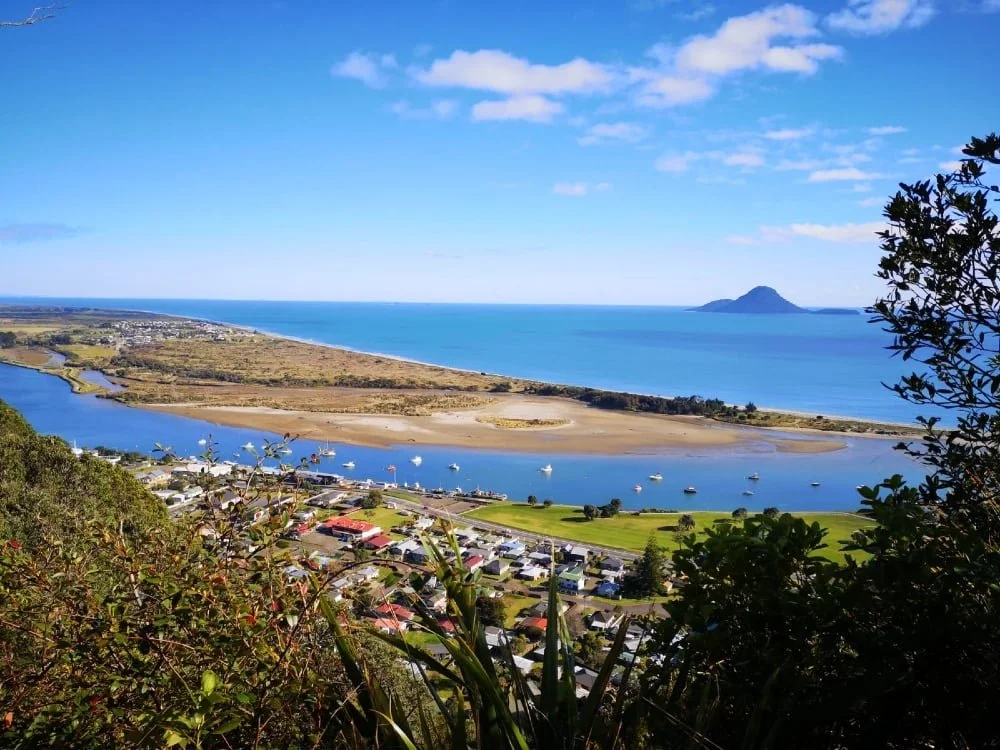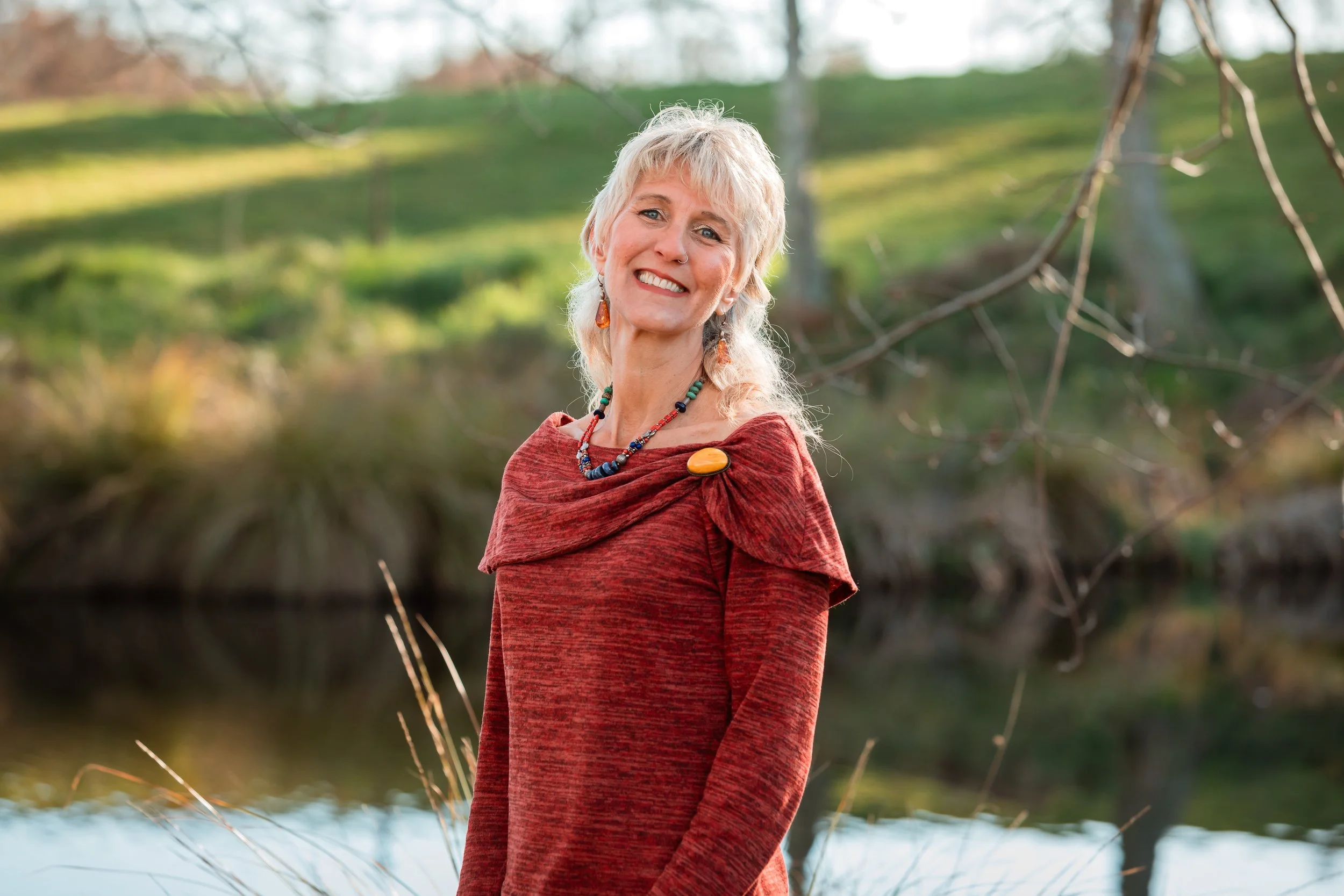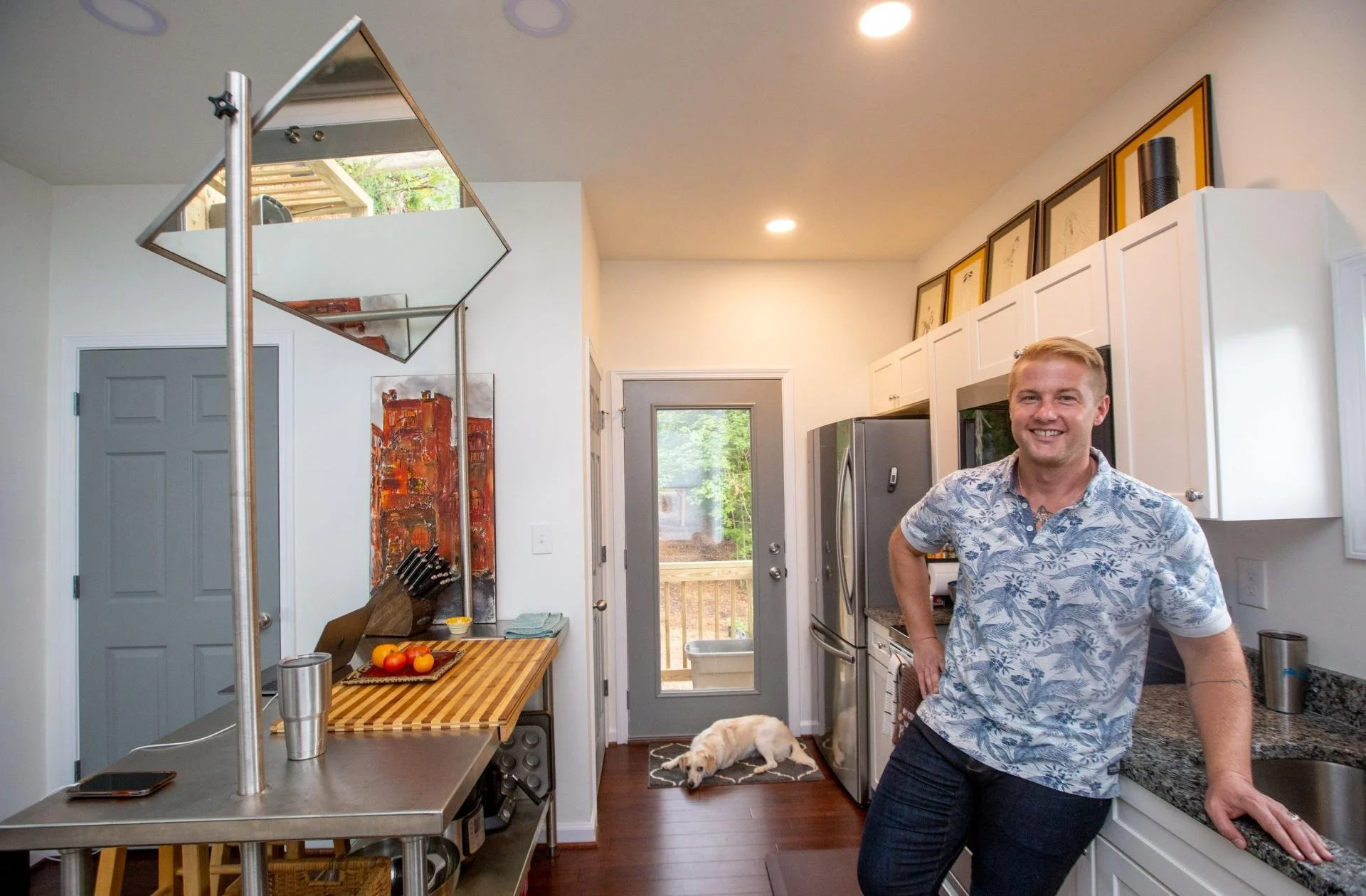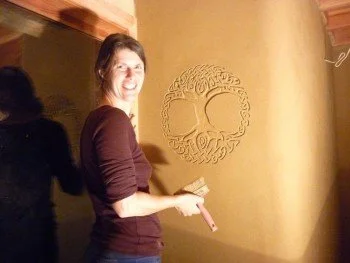
Common Ground Newsletter
Enabling Regenerative Settlements
Connected, Affordable, Ecological Community-Focused Housing
We welcome you to join us on Common Ground where we are growing the movement for collaboratively creating great places to live--for people and planet.
Our current models of residential development are unsustainable and here's what Common Ground sees as the way forward...
We support government, housing providers, developers, and resident-led groups to design and implement housing & neighbourhoods that are socially-connected, ecologically sustainable, and affordable.
Past Newsletters
Placeholder for next article
How to create a sustainable small-home pocket neighbourhood &
Council support with zoning change
27 Oct 2022
The Future Development Strategy for Councils in Aotearoa
And why you should care
10 Oct 2022
Tiny Home Community, Permaculture Designed
A model for creating connected, affordable, sustainable neighbourhoods for tiny home dwellers
Sept 2022
1 August 2023
Helping councils enable community-led, regenerative housing
Whakatāne District Council responds to community's call
Are you frustrated with your local Council's lack of action when it comes to housing that truly meets people's needs and aspirations?
Do you feel burdened by rules and regulations that seem unfair or excessively costly, especially in the midst of a housing crisis that has left many people struggling to find affordable and decent shelter?
You're not alone. Across the country, concerned citizens are raising their voices, highlighting the contradiction between the purpose of local government and its actions and attitudes towards grassroots housing solutions.
The Local Government Act of 2002 states the “purpose of local government is to enable democratic local decision-making and action by, and on behalf of, communities and to promote the social, economic, environmental, and cultural well-being of communities.” However, many councils seem to be falling short of this mandate, leaving their residents in housing stress and desperate for solutions.
One glimmer of hope emerged recently in the Whakatāne District Council, where a group of passionate and concerned residents took it upon themselves to address the housing crisis head-on. This grassroots effort, known as the WHARE (Whakatāne Housing Action Reform Enthusiasts), caught the attention of the council, leading to a positive response that emphasizes community-focused solutions.
Wanting to take a proactive approach to the community's concerns, the Whakatāne District Council's Homelessness Prevention Alliance invited me to run workshops on community-led and regenerative housing solutions.
The first workshop for council planners and housing professionals delved into the technical aspects, with discussions revolving around the potential reforms and local government involvement that could pave the way for community-led housing projects. Real-life case studies were presented, drawing upon successful policy reform and research reports.
The second workshop was open to the public. This session provided concrete examples of community-led housing models, both from national and international projects. Participants were also inspired by stories of communities advocating for and leading their own housing developments.
Beyond the structured workshops, I took the time to meet with the Senior Community Development Advisor and council planners, as well as members of the WHARE group. These informal meetings provided an opportunity to gain a deeper understanding of the values, aspirations, and challenges faced by both the community and the council.
The result of these efforts was incredibly positive. Bringing together diverse stakeholders and professionals allowed for discussions that may not have otherwise taken place. Participants left the workshops feeling empowered with newfound clarity, direction, and open to exploring innovative possibilities.
It is refreshing to witness a council taking proactive steps to address the housing crisis and involve the community in meaningful decision-making. The Whakatāne District Council's approach can serve as an inspiration for other local governments struggling to find ways to meet and respond to the housing needs of their residents, particularly those that are housing themselves unconventionally.
So, if you find yourself disheartened by your local council's lack of action, take inspiration from the Whakatāne example. Speak up, mobilize your community, seek to collaborate with your local council on solutions that prioritize the well-being of people over bureaucratic red tape. Together, we can build a future where everyone has a place they can call home.
Karen Summerhays, Senior Community Development Advisor for the Whakatāne District Council, summed up the events well.
The technical workshop provided an opportunity for people from the different groups to connect and we were able to have some very meaningful discussions, identify some of the barriers to enabling community-led housing and explore some practical solutions.
It was generally felt that a local housing strategy would help bring focus on the types of housing we need and would give validity to the various [community-led] housing models available, including tiny houses and multigenerational housing.
My observations over the day was that the sessions helped build a common language for when we are talking about Community-led housing and Zola did a great job in providing descriptions of the different types of [collective] housing models and how they fit on the housing spectrum (seen slide in her presentation link below). She also covered different aspects of land tenure with an emphasis on the benefits of Community Land Trusts (CLT) as a way of maintaining housing affordability and security of tenure.
Community Land Trusts seemed to be something that the group thought could work well in the District, acknowledging that there is very little publicly owned land that could be transferred into a CLT so any land would need to be found from other landholders.
The public presentation was well received and attracted lots of questions from very interested people.
What’s next for Whakatāne…
The consultation was the first step in an ongoing collaboration between council and the community and has given the foundation for an integrated and community-informed housing strategy.
I will be hosting Ruth on Tuesday 5 September at 6:30pm on the Women Revolutionising Housing (WRH) network’s online learning forum to share about her journey on activating Council to respond the community’s housing needs and the continuing work of WHARE. Sign up for the WRH network here to be notified of that event.
Ruth's presentation will be recorded so if you can't make the presentation (or if you identify as a man), I will make the recording available on the Common Ground YouTube channel.
How I can support councils and community groups
If you would like support with getting your council to better enable housing solutions that meet the needs and aspirations of your community and assist them to meet their mandate to “promote the social, economic, environmental, and cultural well-being of communities” with regenerative housing, book a meeting with me to explore how I can help.

27 October 2022
How to create a sustainable small-home pocket neighbourhood
And getting the Council to support the project with zoning change
For people in the “missing middle” still trying to get into homeownership, the options are bleak. Groups of people and organisations are exploring outside the box approaches which include different housing typology and land use, with many driven by values such as social connection, low-carbon and energy use, and affordability. But in Aotearoa there is not that much support for this growing sector of the population wishing to house themselves.
New housing ideas are often met with resistance or at least a barrier from Councils on land zoning to accommodate these different typologies and from financial institutions for financing what seems like a novel risk. Although Aotearoa desperately needs more houses, there are still roadblocks to housing innovation. There is a gap in knowledge, process and services to serve this demographic.
I recently discovered Microlife, an organisation in the U.S. that is serving this “missing middle” with a top-down meets bottom-up approach to designing and delivering housing solutions.
MicroLife Institute is dedicated to promoting a better quality of life utilizing micro living principles through education, advocacy, research, demonstrations, and inciting policy change.
We embrace the ideals of “Less Is more” and advocate for better zoning policy to allow for housing to be built for the good of connecting community. We educate, advocate, focus on research and pilot projects that demonstrate this philosophy to create change across the nation.
The MicroLife Institute is a hub that connects individuals, policy makers, and professionals to rethink how we utilize space inside the walls of a structure and beyond while building community and social conscience. This institute focuses on others and helping them see how less space could mean more life.
What I find particularly interesting about this non-profit organisation, is its creation of a “method” to educate community members and Council on how to work together, on policy, and on rolling out a pilot project which then can inspire future projects. It promotes and assists collaboration of community and Council working together on common goals.
The Microlife Method consists of three main phases which are broken down into smaller sections to learn and follow the steps.
Understand your housing needs
Educate your community
Create housing change
In the first phase, Microlife offers some short courses with many modules that cover:
About Microlife
Housing choice and Missing Middle housing
Zoning 101
Developing Pocket Neighbourhoods
“Zoning” could be a formidable topic for most but I think it’s valuable to understand as all our communities and natural areas are governed by zoning policies and by understanding how it works, we can restructure it to create better outcomes.
In the video below, you will learn how the project worked in collaboration with the local government body to re-write ordinances to allow this project to happen where it wasn't zoned for such.
I think for people who are not trained professionally to be community development or planning experts but who want to be able to play an active part in shaping development in their city/area, Microlife is offering a great educational resource as well as other support to make use of the new knowledge. I am very interested in exploring this model for Aotearoa New Zealand.
Do you live in a community where you would like to apply this methodology—whether you be a resident, a built-environment professional or elected official?
Be in touch with me so we can explore how it could work for your community.
Have a watch about the project and the work they’re doing. Click on the image to see the video.
Pocket Neighbourhoods
If you’re unfamiliar with the term and would like to understand the design behind the concept and what pocket neighbourhoods can look like, check out this website:
Related podcast:
The importance of creating community with Pocket Neighbourhood founder Ross Chapin
https://podcasts.apple.com/nz/podcast/the-regenerative-real-estate-podcast/id1500361677?i=1000471361287
10 October 2022
The Future Development Strategy for Councils
And why you should care
Do you want the future housing developments in your area to look like the picture on the left or the right?
Now that the country’s new local government Councillors are elected and take up their duties this week, it’s an important time as a Councillor, Council staff and/or as a resident in your Council area, to get really informed about what the Future Development Strategy (FDS) is that guides the development of your city or region for the next 30 years and have a say about it.
The FDS says where new housing is to be built, what roading and infrastructure will be developed, how emissions will be reduced, and other really important future decisions that have a big impact and that can’t be reversed if we do it wrong.
When it comes to housing development, it’s important to not get stuck into an either-or mode of thinking. Either we do infill urban intensification, ending up with squished and higgledy-piggledy housing arrangements or we don’t so our city centres look the same but with no more room for more residents. We need to move to both/and thinking.
It’s actually the way we design the infill that makes all the difference and the principles that guide that design. In the picture on the right above, the design of the neighbourhood has as many houses as the neighbourhood beside it but with 50% more green space. It accomplishes this through smart design of clustering homes and keeping cars to the perimeter.
The same goes for our productive rural areas where the FDS plans to put at least 50% of new housing. If we consider a neighbourhood design called an Agrihood, then we can put people close to the agricultural activity that benefits them—they can get their food fresher, without the transport, and agriculture jobs can become available through intensifying the agricultural activities around the homes.
Resources for helping you communicate with your Council
I’m preparing to show up to the public forums held at my local Councils (Nelson and Tasman) and meet with the Councillors, staff, and interested community members about the many better options we have for designing our new housing and infrastructure—creating more connected, climate-resilient, beautiful, life-supporting, affordable neighbourhoods going forward.
Click on the image on the right to get my talking points guide. You are welcome to use it as it is or adapt it for your own Council forums and meetings.
If you would like my help with how to meet with your Councils (as an elected official, staff member or resident), please be in touch and we can discuss how to get your voice heard or if you'd like me to work with your Council team.
NelsonTasman2050 Group--another fantastic resource for you
In my area, I recently discovered a group of professionals that is being proactive in responding the Nelson City and Tasman Council’s Future Development Strategy draft documents and engaging with the officials to inform and educate them with the designs and frameworks. They have created a website to showcase these ideas clearly and with lots of detail. It is an important resource for any Council, housing role player, or resident to learn from. I am looking to join forces with them on this mission as collaboration is key to getting our voices heard.
This is an independent think tank of built environment professionals. We strive to enable quality regenerative developments and vibrant communities in the Nelson Tasman region by advocating, promoting and supporting the creation of resilient, sustainable, affordable, equitable and community-focused urban environments.
The talking points (with resources) from their website regarding the FDS include:
Alternative medium density standards
Joint urban development agency
Develop urban design guides
Minimise urban sprawl
Create spatial masterplans
The group made a great visual presentation with their submission to the Nelson Council on the FDS which I think it a fantastic way to see and understand these concepts better. Their submission starts at the 4hr 30 minute mark of the video.
Sept 2022
Tiny Home Community, Permaculture Designed
A model for creating connected, affordable, sustainable neighbourhoods for tiny home dwellers
I've created a series of videos, and will make more, that explore what creating a permaculture-designed tiny home community means and how it could be done. This is an organic process, I'm learning as I go.
I'm starting where I am which is Nelson-Tasman.
Click on the image below to see the 1st video in the series with the other videos all in the same playlist.
If this idea interests you, fill in the survey by
I think tiny homes are a great option for some people who want affordable or mobile homeownership (my reasons) and I think having a community site set up for tiny homes is a great option for people, like myself, who prefer to live in a community-minded way as well as ecologically sustainable and naturally beautiful as possible.
I am an advocate for affordable, sustainable housing solutions and advocate for this option for others who either struggle to secure a decent place to live with their tiny home or who seek tiny, intentional living. There could be multiple versions of this concept in the region and around the country. I'd like to set a precedent to make it easier for everyone who aspires to this way of living.
Practically, any consenting and services for a tiny home community would be ready and easy for people to move on with their tiny home and plug in, there would be an organisational structure to manage the property and operations, an affordable fee would be paid yearly or monthly for site lease and use of amenities.
I think the Community Land Trust (CLT) model works very well as an affordable land tenure where the CLT is a non-profit entity with a board that acquires and stewards the land, on behalf of the community, for the purposes of providing a means of affordable housing. TH owners lease the land under their TH from the CLT and have access to all amenities on the site. This is helpful where TH owners do not have the money to buy land.
However, not all TH communities need to use this land-tenure model if TH owners own land or have the money to buy land collectively. More on land-tenure options that provide for security of tenure to be explored later.
I've created a survey is to see who's interested in the type of living as regards tiny homes, intentional community, and ecovillage. Your answers will be used to help shape the next stage. Survey results will be used also for advocacy purposes. Your contact details are for my purposes only and will not be shared unless permission is given. I will ask your permission if I want to use a quote.
Thank you for taking a few minutes to let me know what interests you and how we might take this idea forward together.
Related podcast: Housing our New Zealand
This podcast has five episodes published between Oct-Dec 2019 by LGNZ (Local Government New Zealand) under the auspices of the Housing 2030 initiative.
Unfortunately, the podcast host left the country and they were not replaced with another host. But, the episodes that are there are still relevant and it’s worth sharing this show with your Councillors and perhaps also the Council staff. It will also give you talking points if you are in Council with some of the ideas you might want to promote.
The episodes start with “What every Councillor should know about…”
Topics covered include:
Growing homeless population
NZ’s growing socio-economic imbalance and resulting impacts on housing security
Inclusionary zoning and affordable housing
Contemporary papakāinga on whenua Māori
Pre-fabricated housing
I recommend downloading a podcast app onto your phone and listening from there. You will search in your app for the name "Housing our New Zealand". It is a yellow image.
Events Upcoming
Contemporary Building Solutions in Earth
Women Revolutionising Housing
Learning & Networking online event
Wed, 19 Oct 7pm
This month we will host Nelons-based Verena Maeder. Here is a bit about Verena to whet your appetite for a great presentation:
I am an earth building artisan with 28 years of experience and have been a driving force in natural building in NZ since 2002. To date I have carried out over 200 building projects, ranging from pizza ovens to the construction of entire mud brick homes, to earthen and lime plasters over drywall or strawbale, to the restoration of numerous historic cob buildings.
In 2006 I designed and we built our own passive solar eco-home. This is me showing off the 5m tall feature wall in the living room, that is an earthen plaster artwork inspired by Pacific weaving.
I am trained in Architecture as well as Building Biology and Ecology (BBE) in Switzerland, where I have done extensive research on earth building and have written a paper on the health aspects of earth as a building material. Working in construction instead of architectural design was a lifestyle choice for me.
NATIONAL NATURAL BUILDING CONFERENCE
at Riverside Community Motueka
12/13 November 2022
This year the National Natural Building Conference hosted by the Earth Building Association NZ will be held in the beautiful Nelson-Tasman region, one of the country’s natural building hot spots.
The conference program will include:
Two house tours showcasing a nice variety of homes and techniques, including Light Adobe, Rammed Earth, Strawbale, LEM and an Adobe manufacture, training and research site
A wide range of speakers covering topics with an overarching focus on climate change and natural building: thermal modelling of Light Adobe, embodied energy considerations, passive solar design, retrofitting with natural materials, bio-based materials in design, Strawbale Passive House, and an update on the proposed changes to the Building Code as it relates to Earth Building
The ever popular 5x5 where attendees share their projects and experiences
Prime opportunity to network with natural building professionals and enthusiasts from around the country
An additional optional full-day house tour to Golden Bay (extra cost)
The conference price includes the program, all meals, and the bus transport for the house tours on the weekend.
For more information and to register:
Or email Verena on ebanzconference@gmail.com












